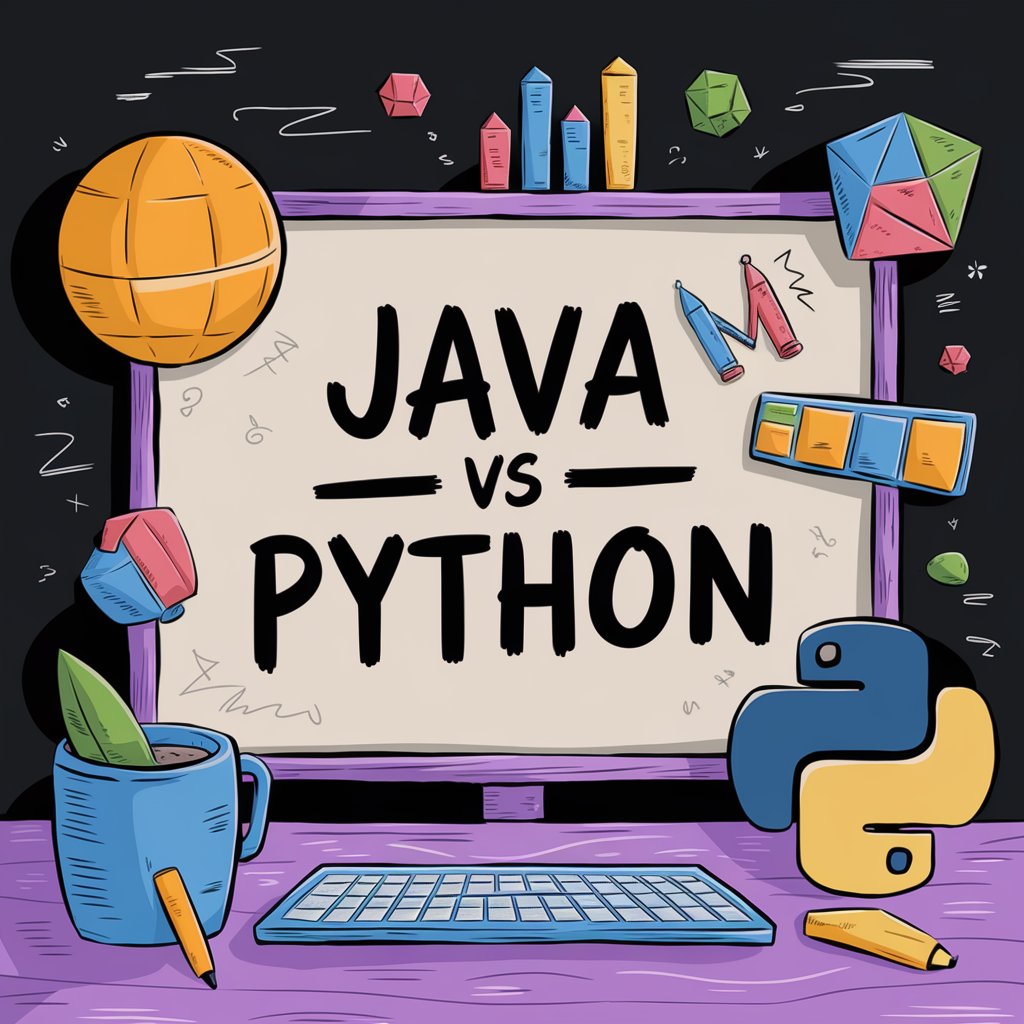As technology continues to evolve, the debate between Java and Python remains at the forefront of programming discussions. Both languages are highly popular and versatile, powering everything from web development to artificial intelligence. But as we look ahead to 2024, which language will take the lead? Java’s robust performance and long-standing enterprise use make it a favorite for large-scale applications, while Python’s simplicity and growing demand in fields like data science and AI have positioned it as a go-to language for innovation. In this blog, we’ll explore the strengths of each and predict which one will dominate in 2024.
What is Java?
Java is a high-level, object-oriented programming language known for its platform independence, meaning it can run on any device with a Java Virtual Machine (JVM). Widely used in enterprise applications, mobile apps, and web development, Java is valued for its reliability, scalability, and security, making it a popular choice for large-scale systems and Android app development.
What is Python?
Python is a high-level, versatile programming language known for its simplicity and readability. It supports multiple programming paradigms, including object-oriented and functional programming, making it ideal for beginners and professionals alike. Widely used in data science, machine learning, web development, and automation, Python’s extensive libraries and frameworks allow developers to build and deploy powerful applications quickly.
How can you learn Java and Python?
Learning Java and Python can be achieved through various methods, such as online courses, textbooks, tutorials, or coding platforms like Codecademy, Udemy, or Coursera. Java’s structured syntax and object-oriented principles are typically taught through building applications, while Python’s simple syntax is great for beginners working on data science, AI, or web development projects. Both languages require consistent practice through coding challenges, projects, and real-world applications.
A coding bootcamp offers a fast-track way to learn Java and Python, focusing on hands-on experience. These immersive programs cover everything from the fundamentals to advanced concepts, often including real-world projects, mentoring, and career support. Bootcamps provide structured learning, making it easier to master in-demand languages like Java and Python and accelerate your path to job readiness in tech.
Applications of Java
Web Applications: Java is widely used to develop large-scale, dynamic web applications. Frameworks like Spring and Hibernate make it easy to build secure and scalable applications for e-commerce, finance, and other industries.
Mobile Applications: Java is the primary language for Android app development, with most Android applications being built using Java. Its cross-platform capability makes it a preferred choice for mobile development.
Enterprise Software: Java is a go-to language for building enterprise-level applications due to its scalability, reliability, and security. It powers large systems in industries like banking, insurance, and healthcare.
Cloud-Based Applications: With its platform independence, Java is extensively used for building cloud-based solutions, helping businesses deploy applications on cloud environments like AWS and Google Cloud.
Scientific Applications: Java is used in scientific computing for tasks that require large data processing, offering performance and reliability through tools like Apache Hadoop.
Games and Simulations: Java is also used for developing games and complex simulations due to its robust graphics libraries.
Applications of Python
Web Development: Python is widely used in web development, with popular frameworks like Django and Flask enabling developers to build scalable, secure, and maintainable websites and web applications.
Data Science and Analytics: Python is a leading language in data science, used for data analysis, visualization, and machine learning tasks. Libraries like Pandas, NumPy, and Matplotlib make it ideal for handling large datasets and complex algorithms.
Artificial Intelligence and Machine Learning: Python’s extensive libraries (such as TensorFlow, Keras, and PyTorch) make it a top choice for developing AI and machine learning models, enabling tasks like natural language processing and image recognition.
Automation and Scripting: Python is commonly used for automating repetitive tasks, managing server scripts, and creating simple automation bots, enhancing productivity and efficiency.
Scientific Computing: Python is used for scientific research, data visualization, and complex computations, with tools like SciPy and SymPy helping researchers perform advanced mathematical and scientific calculations.
Game Development: Python, with libraries like Pygame, is also used for developing simple games and educational tools.
Java vs. Python: Which is more effective?
Both Java and Python have promising futures, but key differences exist in their outlooks. Python continues to see explosive growth, especially in new domains like IoT edge computing and AI, thanks to its simple syntax and scalable frameworks like TensorFlow and PyTorch. While Python’s growth may eventually taper, it remains a top choice for AI and new developers.
Java, on the other hand, maintains steady popularity, powering Fortune 500 companies and serving as the leading backend language. Its importance in enterprise systems, cloud-native development, and big data analytics ensures continued relevance. Although Python’s easier learning curve attracts more developers, Java developers tend to earn higher salaries due to specialized skills. Overall, Python may have a long-term edge in innovation, but Java’s enterprise strength ensures it remains crucial. Familiarity with both languages enhances career prospects.
Java vs. Python: Which Has the Brighter Future?
When comparing the future outlook of both languages, Python holds several advantages over Java:
- Python leads in key growth areas like machine learning, data science, DevOps, and web development, giving it a strong edge.
- Its concise syntax and easier learning curve enable faster development, ideal for agile environments.
- Surveys show 2.5x more new developers start with Python over Java, indicating future dominance.
- High-level libraries like TensorFlow, OpenCV, and automation tools like Ansible fuel Python’s enterprise adoption.
- Python’s package usage has surged across open-source and cloud ecosystems, offering abundant ready-to-use code.
- Major cloud platforms like AWS, Azure, and GCP provide robust support for Python.
While Java remains essential for powering business systems, Python’s widespread adoption and popularity among new developers suggest a brighter future.
Conclusion
Both Java and Python will continue to play pivotal roles in 2024, with Python likely dominating in AI, machine learning, and data science, while Java remains crucial for enterprise applications. For aspiring developers, a programming bootcamp offers a fast, hands-on way to learn both languages, providing the skills and real-world experience needed to thrive in the tech industry. Bootcamps equip you with in-demand coding knowledge, helping you build a strong foundation for a successful tech career.






